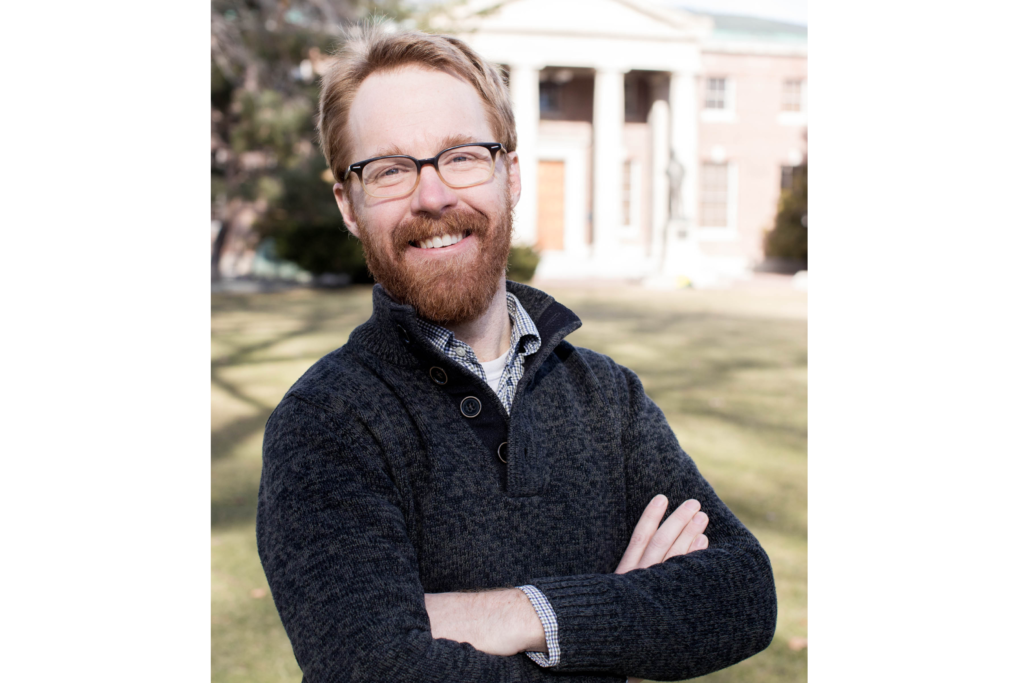Radar and Lidar Observations of Wildfire Plume Dynamics
Abstract
Large, high-intensity wildfires can generate their own extreme weather, including fire-generated thunderstorms (i.e., pyrocumulonimbus) and rare fire-tornados. My research aims to understand these phenomena using state-of-the-science radars and lidars, which can probe the internal dynamics of wildfire convective plumes. This talk will use these data to examine:
- Tornadic vortices generated during the Carr and Loyalton Fires
- Smaller, but still intense, vortices generated in both prescribed and wildland fire.
- The extreme updrafts occurring inside pyrocumulonimbus clouds.
Collectively these analyses help paint a clearer picture of how and when wildfires produce extreme weather, paving the way for nowcasting and warning for high-impact extreme fire behavior.

Neil P. Lareau
Assistant Professor
Department of Physics, Atmospheric Sciences Program
University of Nevada, Reno
Biography
Dr. Lareau is an assistant professor in the Department of Physics at the University of Nevada, Reno. His research program leverages modern observing and modeling systems to advance our understanding of atmospheric dynamics of wildfire plumes, cumulus convection, and boundary layer processes, especially in mountain settings. Dr. Lareau’s previous professional appointments include: Faculty at San Jose State University, post-doctoral scholar at Lawrence Livermore National Laboratory, and Post-Doctoral Scholar at San Jose State University. Dr. Lareau earned both MS and PhD degrees in Atmospheric Science from the University of Utah. He also holds an undergraduate degree (BFA) in Fine Arts from Carnegie Mellon University and was trained as a weather observer at the Mount Washington Observatory, NH.